

Shane O'Donoghue
2025 Nissan Ariya Nismo review: Quick drive
5 Days Ago

News Editor
MG has detailed its new flagship sedan, though it’s off the table for Australia.
The 2023 MG 7 packs a turbocharged 2.0-litre four cylinder engine producing 192kW of power and 405Nm of torque – up 24kW and 45Nm on the 2.0-litre turbo in the local HS SUV.
It’s mated to a nine-speed automatic transmission, which isn’t a dual-clutch unit like most of the brand’s transmissions.
MG claims a 0-100km/h time of 6.5 seconds.

The MG 7 is front-wheel drive, but comes with an electronic limited-slip differential and adjustable dampers.
The mid-sized sedan measures 4884mm long, 1889mm wide and 1447mm tall on a 2778mm wheelbase.
That makes it 1mm longer, 49mm wider and 2mm taller than a Toyota Camry, albeit on a 47mm shorter wheelbase.
The MG 7 has slinky, coupe-like styling, with frameless windows adding to the effect.
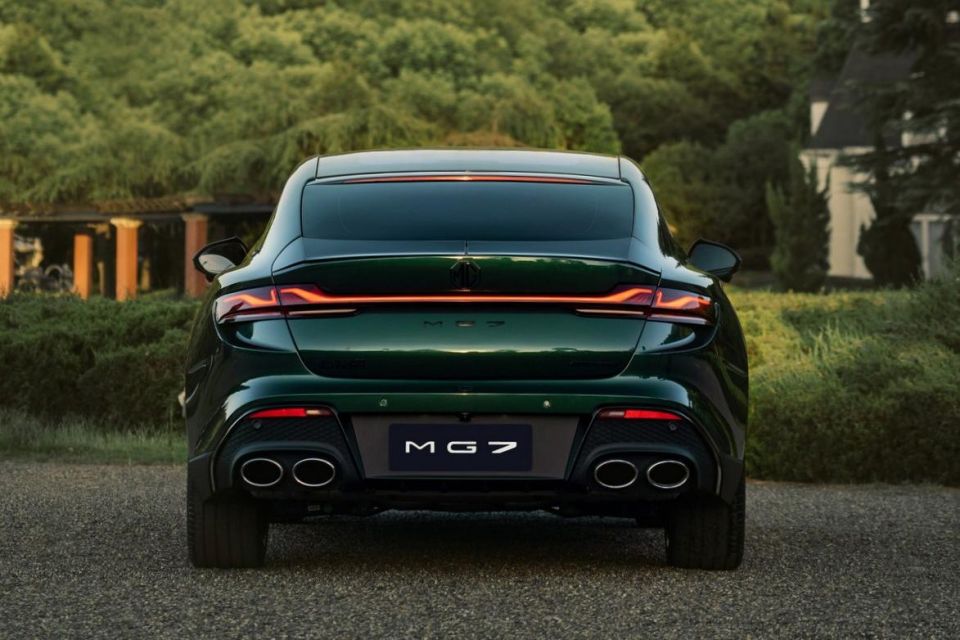
There’s also a three-stage active rear spoiler which pops up at speeds above 100km/h and automatically retracts when you go below 70km/h. It can be manually adjusted.
Overall, the MG 7 has fairly tight overhangs, prominent shoulders and a short rear deck.
Its side creasing is more dramatic than most MG cars, apart from the new MG One crossover that debuted last year, while up front there’s a menacing prow with a full-width grille and a blacked-out badge.
Inside, the MG 7 can be had with a choice of Cabernet Vermillion (red) or Peacock Forest (green) colourways, with available Dinamica suede or Nappa leather upholstery.

The digital instrument cluster and central touchscreen are situated in one housing, which measures 33 inches overall.
Available features include an augmented reality head-up display, Dinamica upholstery, and a 14-speaker Bose sound system.
MG is calling the 7 its first Black Label car, with a more upscale, sporty positioning intended to appeal to younger buyers in China.
Australian buyers appear set to miss out, however.
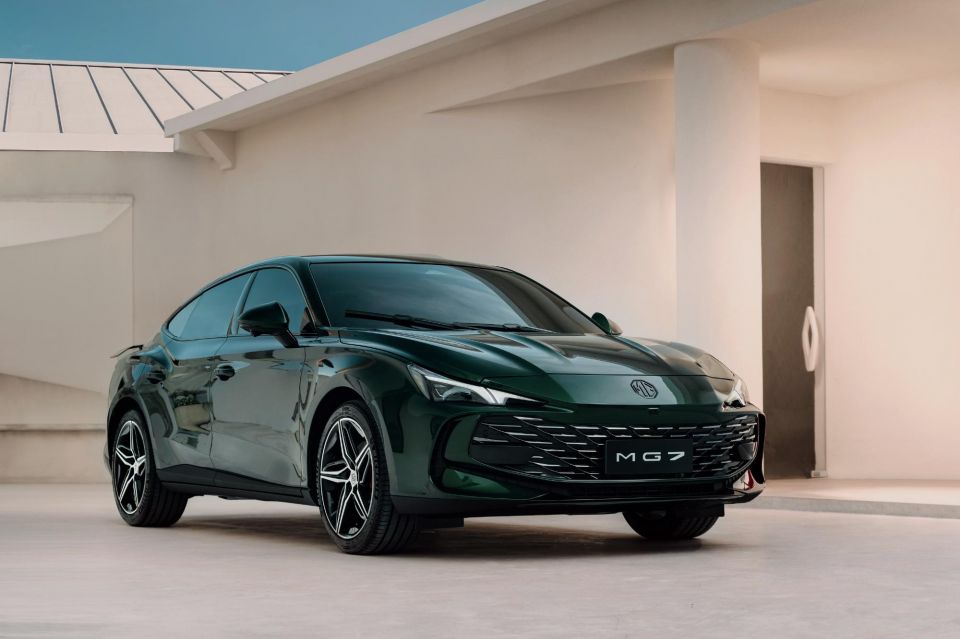
The mid-sized segment in Australia is a tough place for a car to be unless it’s a Toyota Camry, and most brands have been heading for the exits – witness the axing over the past few years of stalwarts like the Ford Mondeo, Kia Optima and Subaru Liberty.
“We are constantly listening to the needs and wants of our customers, but at this stage, we will not be bringing the MG7 into the Australian market,” said a spokesperson for MG Motor Australia.
MG hasn’t sold many passenger car lines in Australia, even as the MG 3 dominates the local light car segment.
The slow-selling first-generation MG 6 was included as part of the brand’s second, more successful relaunch under Chinese ownership in 2016, but was largely ignored by the public before disappearing entirely in 2019.
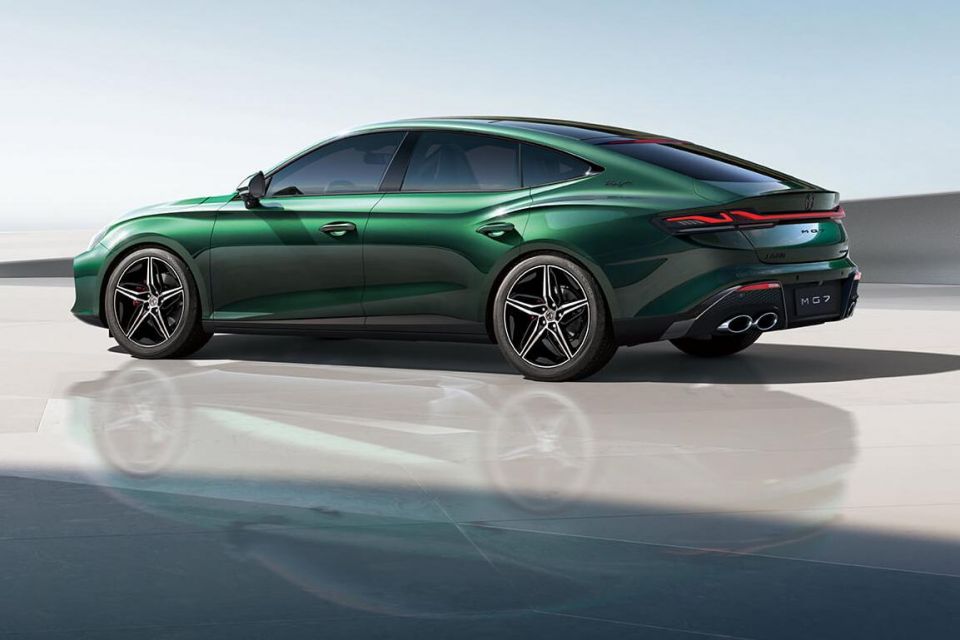
The second-generation model, which can be had with a 224kW plug-in hybrid powertrain, was introduced in China in 2016 but hasn’t made the trip Down Under.
But fresh passenger cars are coming to the local line-up.
The slightly smaller MG 5 sedan, which entered production in 2020, is due here in the first quarter of 2023.
There’s also the MG 4 EV hatchback, known in China as the Mulan, which is due here in the first half of next year.
MG’s use of the Rover 75-based MG ZT/MG 7 in its teaser video is reflective of the rather complicated history of the nameplate.
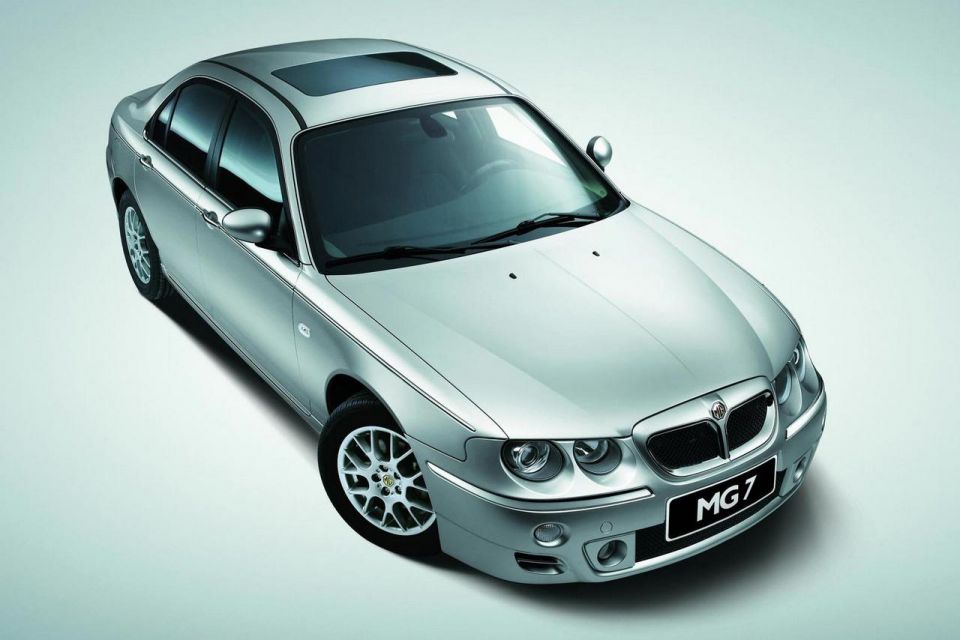
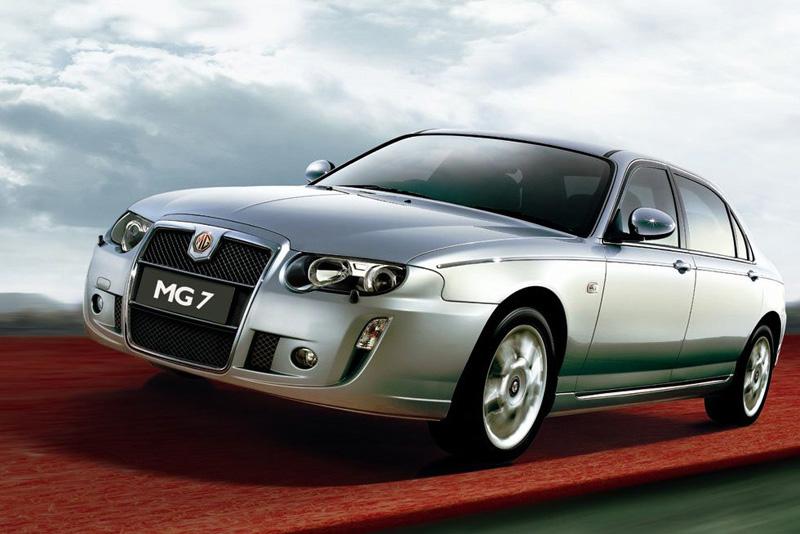
When MG Rover went bankrupt, two companies – Nanjing Auto and SAIC Motor – acquired the means to continue producing the Rover 75 sedan.
That saw the vehicle reanimated as the Roewe 750 and MG 7. The Chinese Government ordered Nanjing and SAIC to merge, but the two separate model lines continued. Long-wheelbase versions of both were produced.
The MG 7 ended production in 2015, with the Roewe 750 following in 2016.
Since then, the MG brand has been without a flagship sedan. It does, however, offer vehicles larger than the MG 6 in some markets, including the Gloster (a rebadged LDV D90) and RX8 (née Roewe) large SUVs.
Click an image to view the full gallery.
Where expert car reviews meet expert car buying – CarExpert gives you trusted advice, personalised service and real savings on your next new car.
William Stopford is an automotive journalist based in Brisbane, Australia. William is a Business/Journalism graduate from the Queensland University of Technology who loves to travel, briefly lived in the US, and has a particular interest in the American car industry.


Shane O'Donoghue
5 Days Ago


Anthony Crawford
4 Days Ago


Matt Campbell
3 Days Ago


James Wong
2 Days Ago


Max Davies
23 Hours Ago
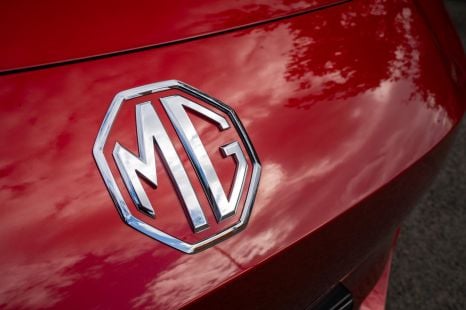

Damion Smy
22 Hours Ago